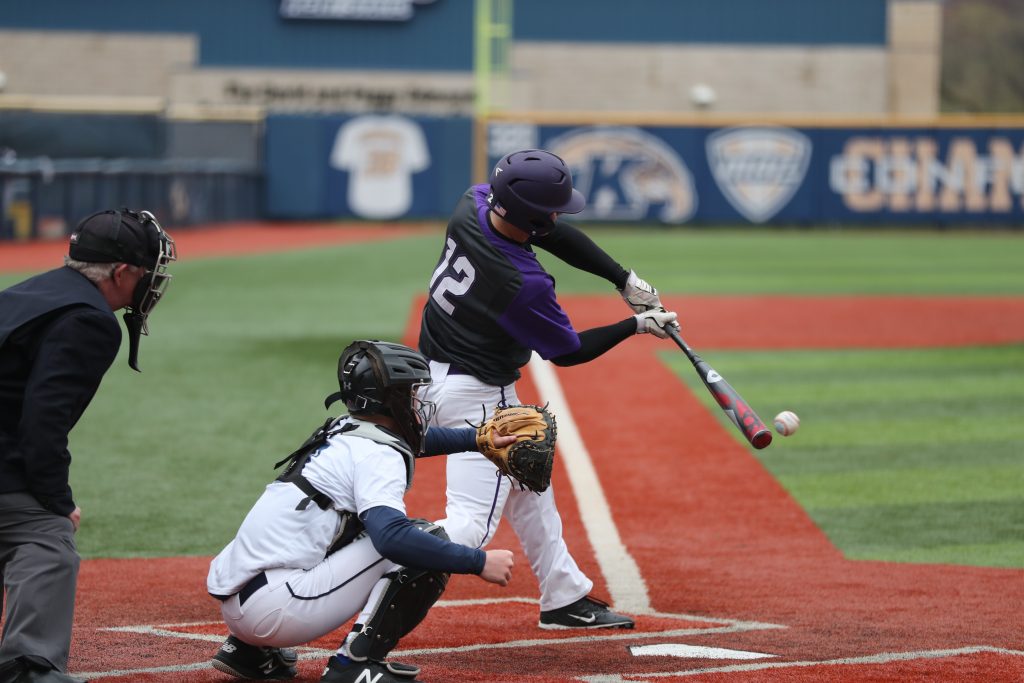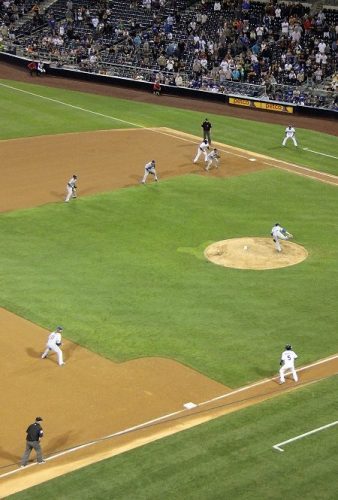
We’re nearly a month into the 2023 MLB season, and significant changes have been made at the highest level of the game of baseball. All of these changes seek to address one complaint: the game was too slow. According to Baseball Reference, the average game time was three hours and six minutes last year, comparatively long for baseball history. In the days of Babe Ruth and Jackie Robinson, games usually ran two hours. But it’s 2023 now, and fans want action. MLB consultant Theo Epstein said it this way: “Fans were all clear in their desire for faster pace, more athleticism, less dead time, more balls in play…” Fast baseball is simply more entertaining, especially considering the rising popularity of baseball groups like the Savannah Bananas, a team that seeks to put “fans first [and] entertain always.”
Pitching rules
The MLB has implemented a set of rules for pitch timing. Prior to the 2023 ruleset, pitchers had twelve seconds to start their motion once the batter was in the box and attentive to the pitcher. This rule was rarely invoked, if ever. Now, Major League Baseball has added a consistent pitch clock.
The pitch timer is 15 seconds, starting when the pitcher receives the ball. If anyone’s on base, the clock starts at twenty seconds. Pitchers must start their motion before the timer ends or they will be charged with an automatic “ball.” Everyone will be able to see the clock, but only the umpire will be buzzed when the clock ends, meaning it’s on the plate umpire to call the play dead and assess the automatic ball. Batters are on the clock, too: if a batter is not attentive to the pitcher at eight seconds on the clock, they’ll be assessed an automatic “strike.” Furthermore, batters will only be able to call time once per at-bat, excepting extenuating circumstances. This prevents batters from abusing the pitcher’s clock; if batters had no such restrictions, they could step in with one second on the clock and force the pitcher to accept the ball.
The clock only resets in two instances: if the batter steps out and calls time, as mentioned above, or if the pitcher disengages from the rubber. To prevent pitchers from disengaging and resetting the clock, pitchers are given two disengagements per plate appearance. Both disengagements will reset the clock, and a third will result in a balk unless the third disengagement results in an out. This exception prevents runners from taking off when a pitcher has exhausted their disengagements.

Shift restrictions
Contrary to some reports, MLB is not banning the shift. They’ve mandated that two infielders must be on either side of second base. Additionally, all four infielders must be fully in the dirt when a pitch is thrown. This prevents defensive arrangements like the one below – and yes, this happened in the extra innings of a 2014 MLB game:
Shift violations are subject to review by umpires. The penalty for a shift violation depends on what happens on the pitch. According to MLB rules:
- If the ball is not put in play: the “pitch shall be called a ‘ball’ and the ball is dead, unless the ball is put in play.”
- If the ball is put in play and all runners advance one base: the rule is ignored and the result of the play stands, as would happen if someone declined a penalty in American football.
- In any other case: the offensive team can decide to take the ball and invalidate the play or to decline the penalty and take the result of the play. This could be useful on, say, a sacrifice fly, where the offensive team can decide to trade the run for the out or to keep the batter at the plate.
Wider bases
The MLB has increased the size of each base from 15” to 18”, reducing the effective distance between bases by a precious few inches. In a game often called to be “a game of inches”, this four-inch difference enables runners to take more risks on the bases. Through Spring Training 2023, the first time MLB has used the new bases, runners have been riskier: they’ve stolen 50% more often, at 2.3 stolen base attempts per game. When runners did attempt steals, they succeeded 80% of the time.
Implications
These changes have had a significant impact on baseball already. After only a month or so, average game time is down to 2:39, twenty-seven minutes less than 2022’s 3:06 average. This 2:39 average time hasn’t been seen in nearly forty years of MLB games. Whether the new shift rules will have any impact on hitting is up in the air for now, although so far it’s had little impact from 2022 to 2023. In the meantime, fans can enjoy faster games and more stolen bases.

Wowzers. Fewer time watching means more time for concessions and the potential firework show, so these changes are something I can get behind! Cool article.